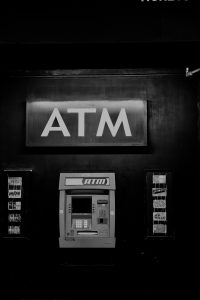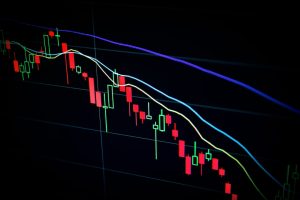Slippage in forex is the difference between the price at which a trader wants to execute a trade and the price at which the trade is actually executed. This can happen when there is a delay between the time a trader places an order and the time the order is executed. Slippage can be positive or negative, and it can occur in both volatile and non-volatile markets.
Slippage is a common occurrence in forex trading, and it can have a significant impact on a trader’s profitability. Positive slippage occurs when the price at which a trade is executed is better than the price a trader intended to execute the trade. This can happen in a fast-moving market where the price moves in the trader’s favor before the order is executed. Negative slippage, on the other hand, occurs when the price at which a trade is executed is worse than the price the trader intended to execute the trade. This can happen when there is a delay in the execution of the order or when the market is moving quickly against the trader.
Slippage can be caused by a variety of factors, including market volatility, liquidity, and the speed of order execution. In a volatile market, the price can move quickly, making it difficult for traders to execute trades at the exact price they want. This can result in slippage, as the price at which the order is executed may be different from the price the trader intended to execute the trade. In a non-volatile market, slippage can occur if there is not enough liquidity to fill the order at the desired price. This can result in the order being filled at a different price than the trader intended.
Another factor that can contribute to slippage is the speed of order execution. In some cases, the delay between the time a trader places an order and the time the order is executed can result in slippage. This can happen if the broker’s trading platform or the trader’s internet connection is slow. To minimize slippage caused by slow execution, traders can use a trading platform that offers fast order execution and low latency.
Slippage can have a significant impact on a trader’s profitability, especially if it occurs frequently. For example, if a trader intends to buy a currency pair at a price of 1.2000 and experiences negative slippage of 5 pips, the order will be executed at 1.2005. This means that the trader will start the trade with a 5 pip loss, which can be difficult to recover from. On the other hand, if the trader experiences positive slippage of 5 pips, the order will be executed at 1.1995, which means that the trader will start the trade with a 5 pip profit.
To minimize slippage, traders can use limit orders instead of market orders. A limit order is an order to buy or sell a currency pair at a specific price or better. By using limit orders, traders can ensure that their orders are executed at the desired price or better. However, it is important to note that using limit orders can result in missed trading opportunities, especially in a fast-moving market.
In conclusion, slippage is a common occurrence in forex trading that can have a significant impact on a trader’s profitability. Traders can minimize slippage by using a trading platform that offers fast order execution and low latency, using limit orders instead of market orders, and monitoring market volatility and liquidity. By understanding the factors that contribute to slippage, traders can make informed decisions and improve their trading performance.





